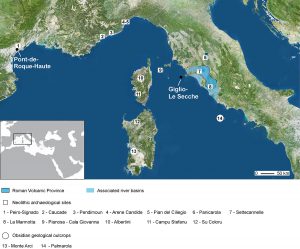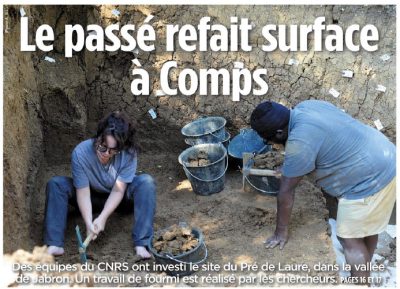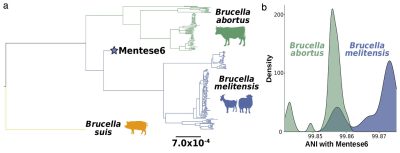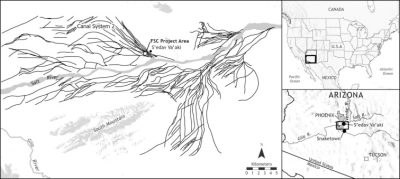
The Mediterranean route of colonization (6000-5600 BCE), is characterized by the so-called Impresso-Cardial Complex (ICC) which demonstrates huge internal diversity in material culture, notably in pottery style and technology. This polythetic imprint of the ICC is intimately linked to dynamics of raw material exploitation (such as obsidian) and interconnections within circulation and exchange networks of goods. Through a petrographic and geochemical comparative approach to pottery characterization, we demonstrate long-distance mobility of non-local pottery vessels from the Tyrrhenian regions towards the Languedoc (up to 1000 km) during the Neolithic transition. Our study allows us to highlight this unexpected milestone in the first Neolithic migration in the North-Western Mediterranean.
réf : Marzia Gabriele, Fabien Convertini, Chrystèle Verati, Bernard Gratuze, Suzanne Jacomet, Giovanni Boschian, Gilles Durrenmath, Jean Guilaine, Jean-Marc Lardeaux, Louise Gomart, Claire Manen, Didier Binder, Long-distance mobility in the North-Western Mediterranean during the Neolithic transition using high resolution pottery sourcing. Journal of Archaeological Science: Reports, Elsevier, 2019, 28, 102050. ⟨10.1016/j.jasrep.2019.102050⟩. ⟨hal-02373914⟩
Lien : https://www.sciencedirect.com/journal/journal-of-archaeological-science-reports/vol/28/suppl/C




